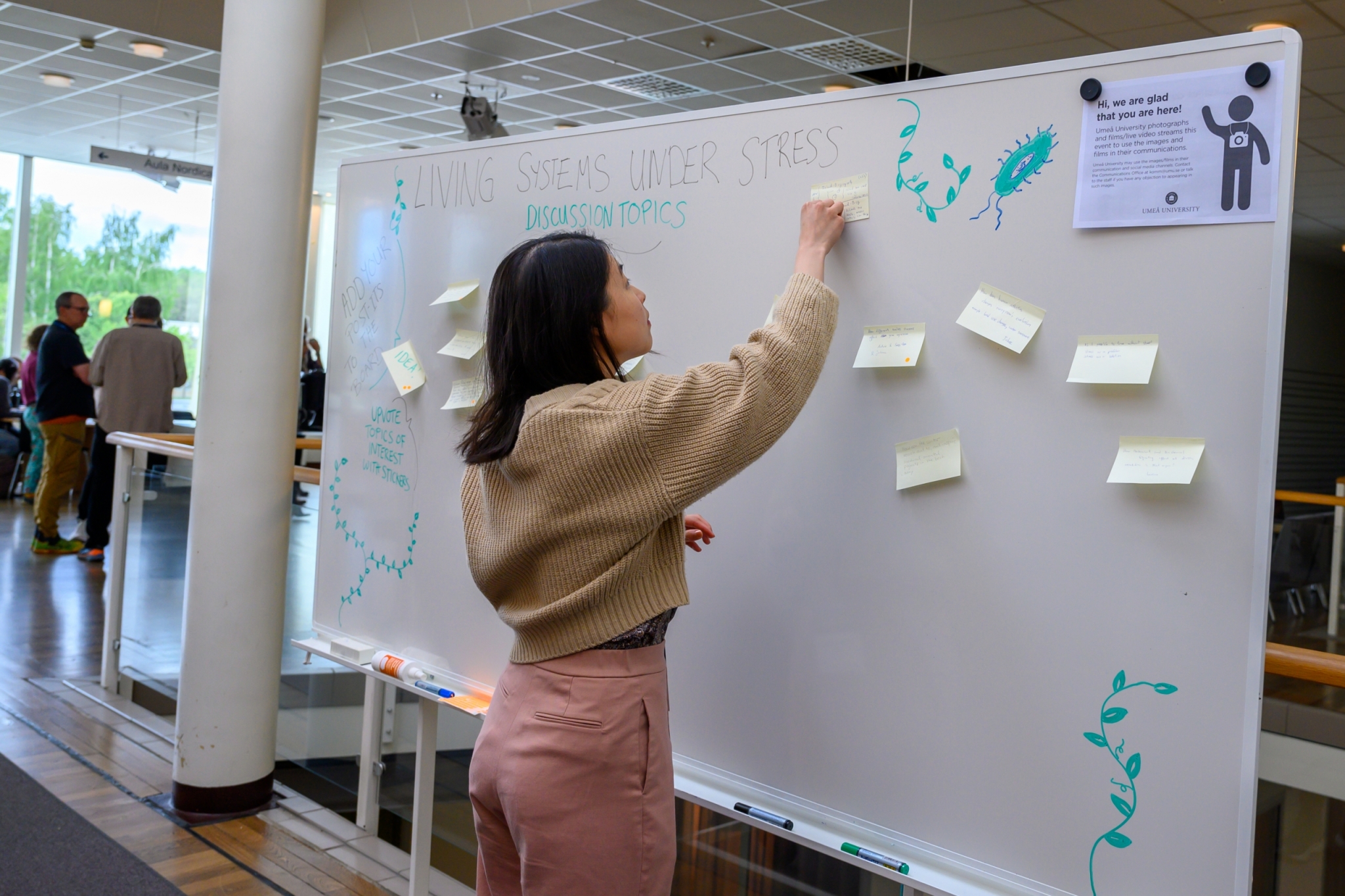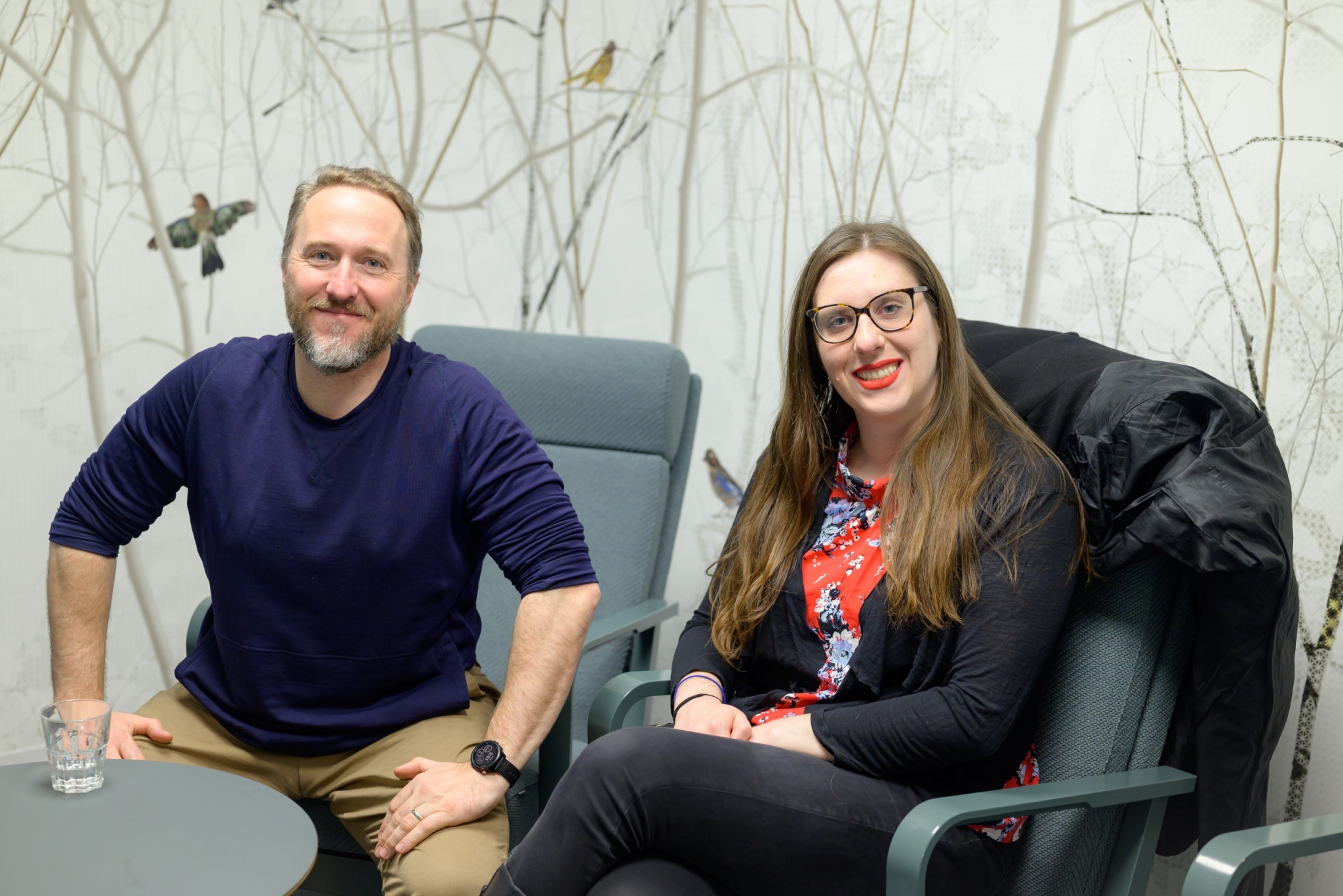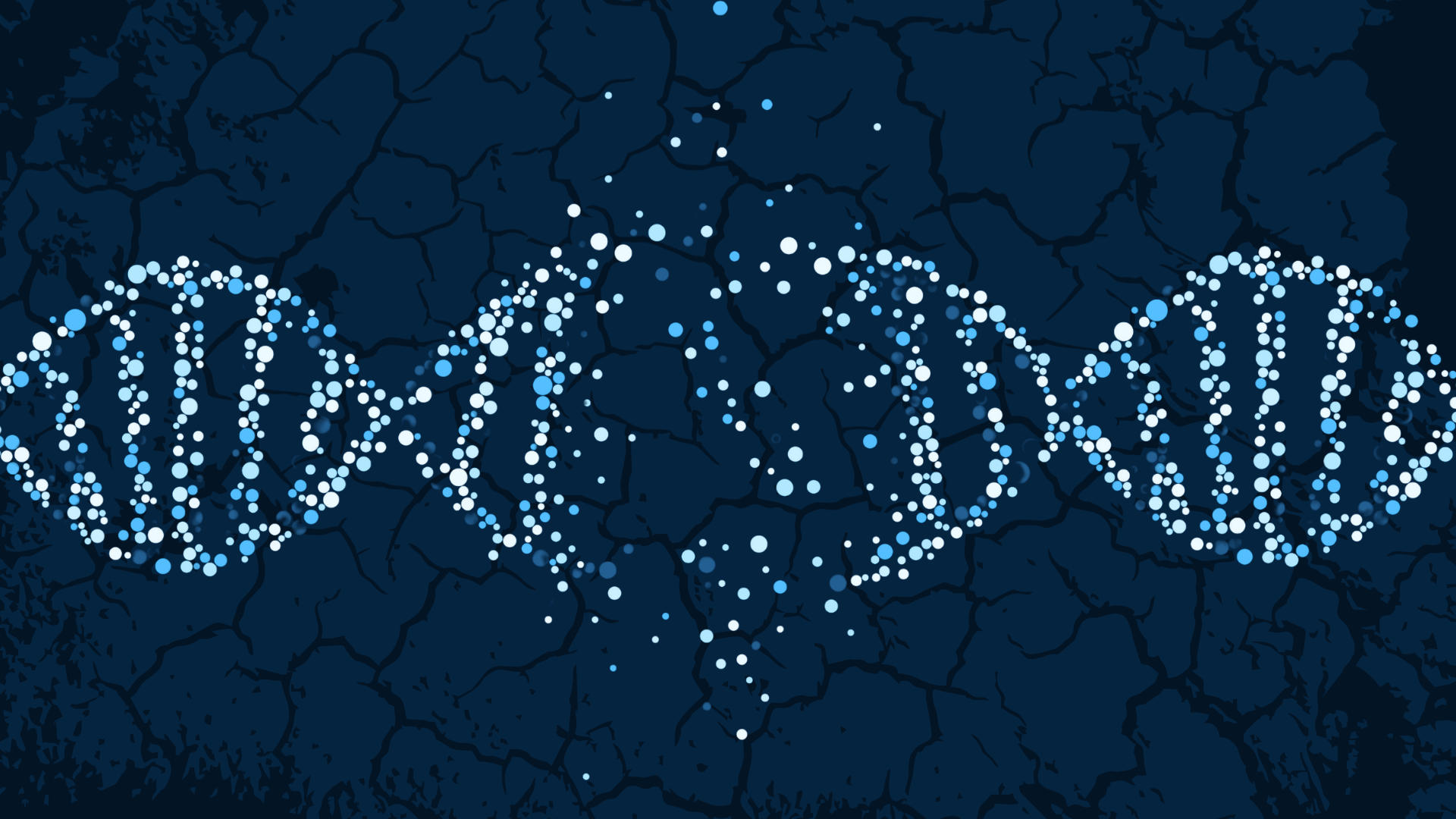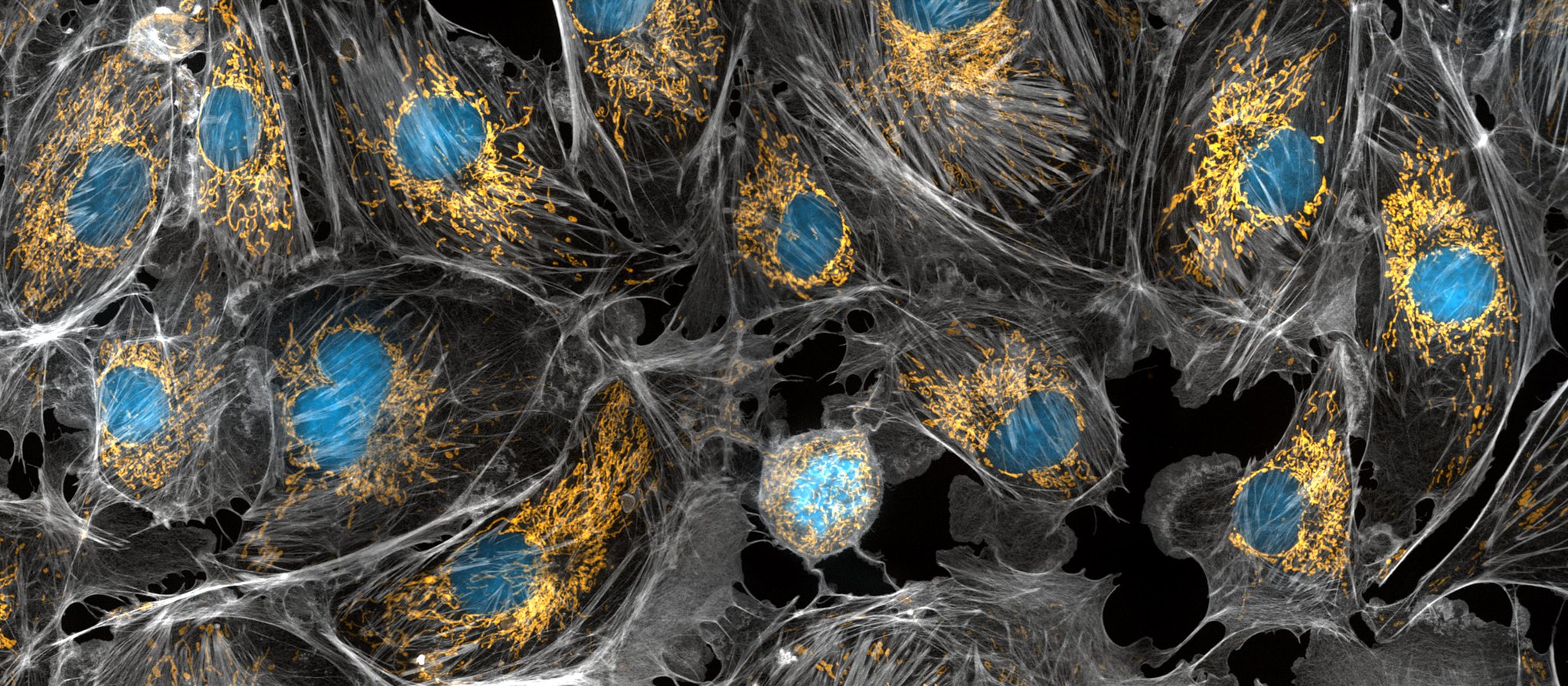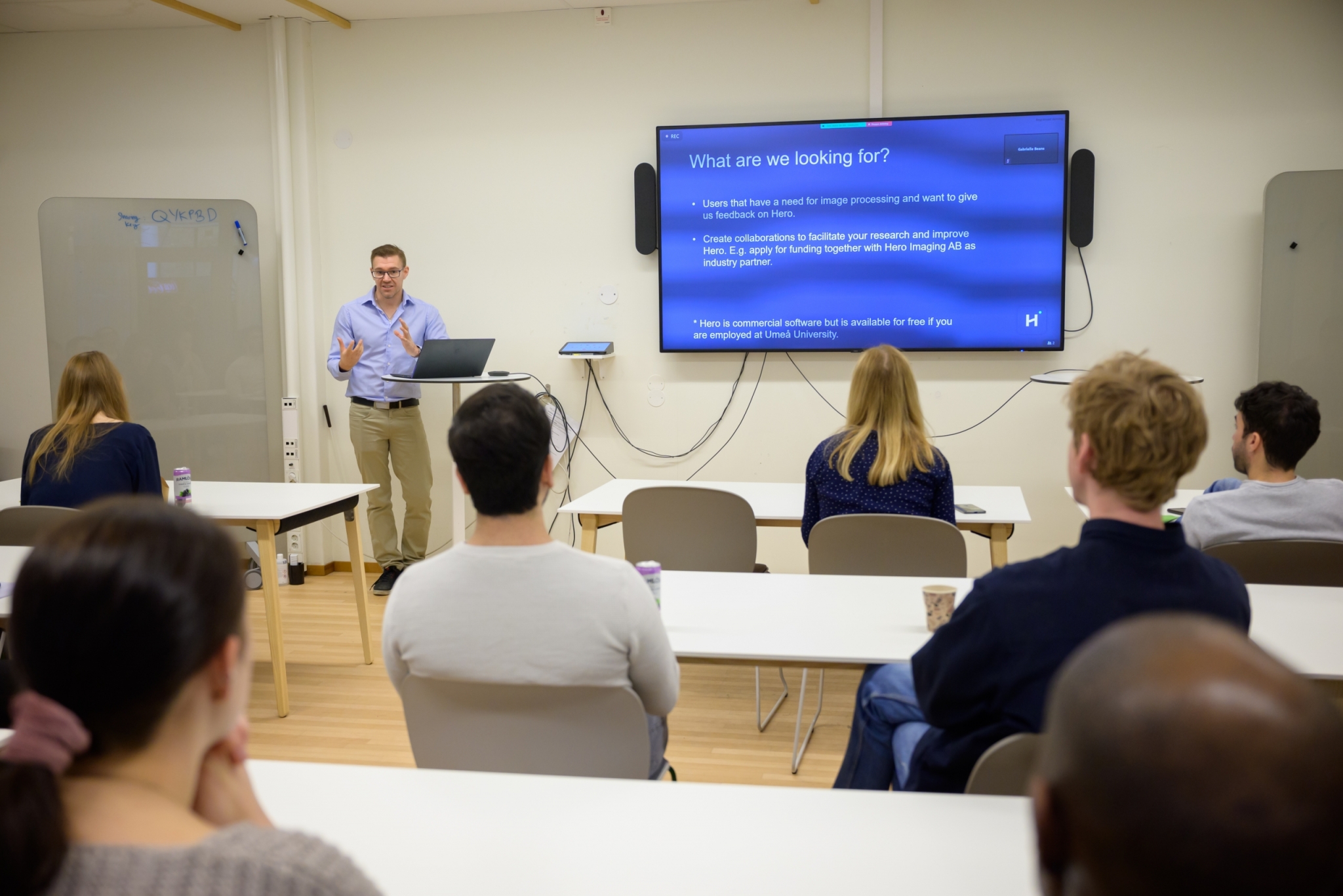Profile
Dr. Saqib Qamar received his Ph.D. degree from Huazhong University of Science and Technology, China, in September 2019 under Prof. Hai Jin. Before joining Umeå University he worked as an Assistant Professor at Madanapalli Institute of Technology and Science (MITS), India. His primary research interests are in the areas of Computer Vision, Medical Image Analysis, Image Segmentation, and Deep Learning. His research focuses on applying a deep learning approach to medical images to automatically detect and segmentation of different diseases like brain tumor segmentation, infant brain tissue segmentation, skin lesion segmentation, and so on.
Saqib Qamar joined Icelab as a postdoctoral researcher in 2022. He started to work on the segmentation of cells from 3D X-ray imaging. He likes exploring various domains because ML-based approaches could reduce manual dependency on tasks in domains.
Current Projects
The Latest Posts
This Icelabber hasn’t posted yet, but read these while you wait for the first post.


